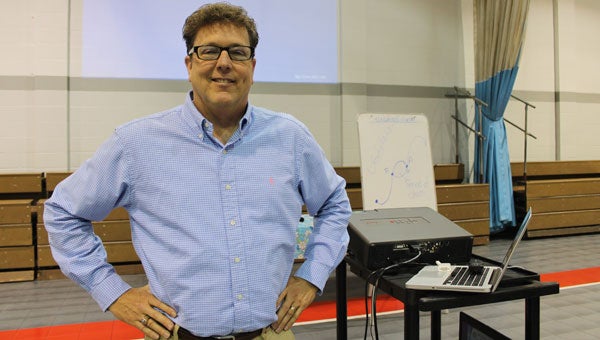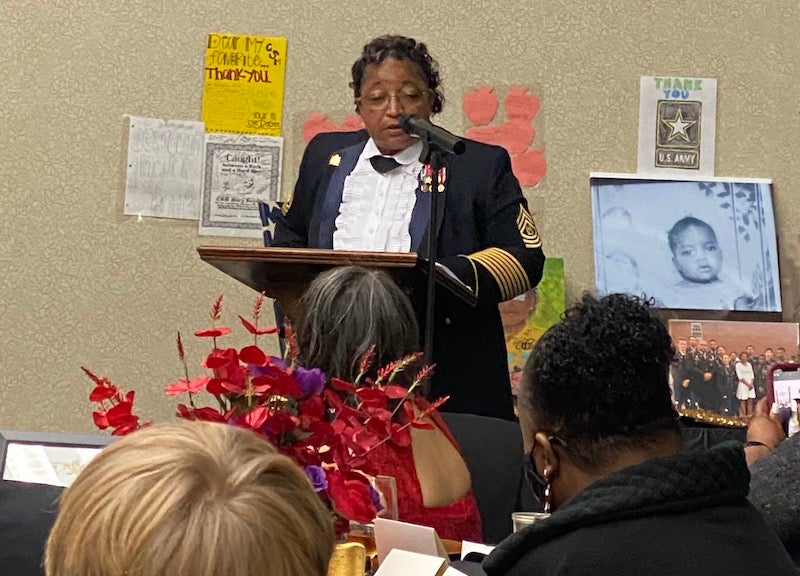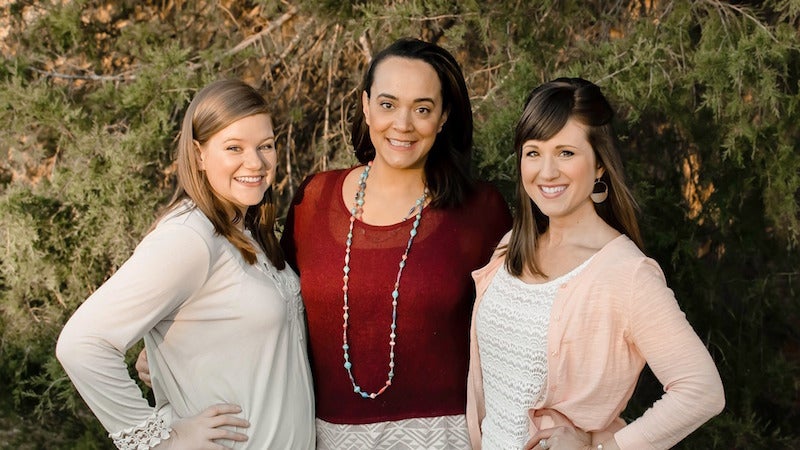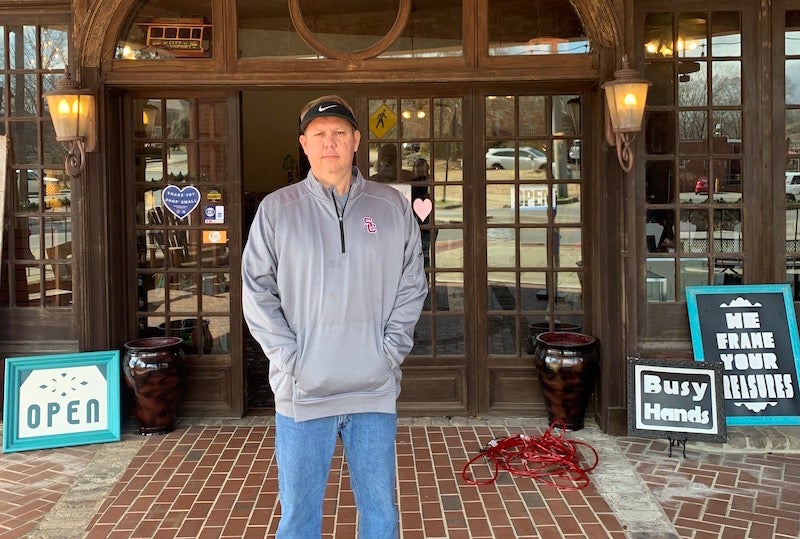Youthful connections for the next generation
Published 10:56 am Friday, June 21, 2013
By CONNIE NOLEN / Community Columnist
Adults are almost outnumbered. Returning for the second consecutive year to speak to teachers, Dr. Tim Elmore confirmed this fact revealing that almost half of our world-wide population is younger than 21. Elmore’s presentation was both eye-opening and encouraging.
Elmore has insight into today’s youth, and he has the foresight to realize that how we parent and teach these children influences the future. The job we’re doing today as teachers and parents has new dimension. No previous generation has competed with so many screens for children’s attention.
How do we connect with young people who are constantly connected to technology? According to Elmore, we enter their cyber world. I’m connected to my students through a program that allows teachers to send group texts to students, through our publication and event social media pages, through my school web page and via email.
Students say that email is for old people. One student said, “Anyone I really want to talk to will text me.”
I remind students that people with the authority to give them jobs, scholarships and recommendations do email. I teach them how to shake hands and conduct mock interviews. Basically, I’m teaching students to meet adults in the adult world.
Elmore says that mentors should be “velvet-covered bricks.” We should be approachable, encouraging and supportive—that’s the velvet. However, we also have to let kids feel the weight of the brick. We have to let them know how hard the world is. Even though we love them—maybe because we love them—we have to hold kids accountable.
We need to share that 70 percent of employers look at Facebook when evaluating job candidates, we have to encourage students to engage in community service and we have to push kids into the real world—just as they’ve pushed us into the cyber world.
We have to let kids try hard things. When they fail, we acknowledge that failure, share our own failures and encourage them to try again. When they finally succeed, they’ve become people who persevere. They’ve learned that never giving up is the secret to success.









